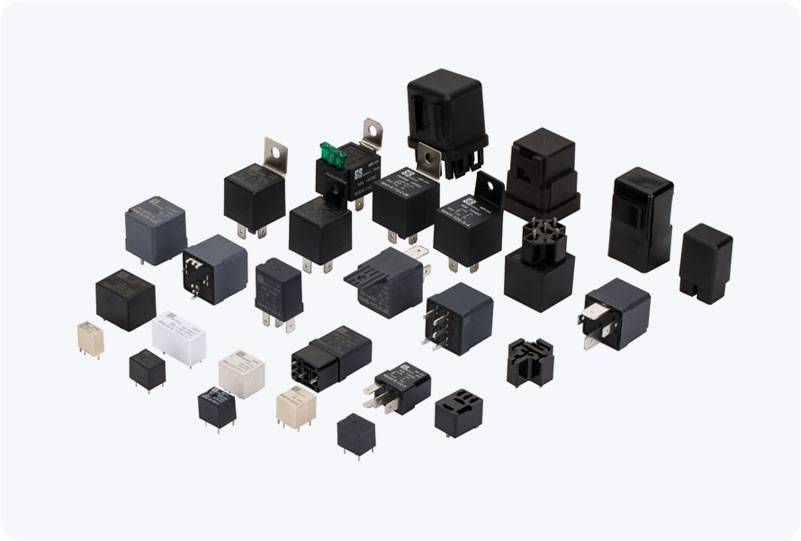Time Relays are an essential component in various electrical control systems, playing a critical role in automating processes by providing precise time-based control over circuits. These devices are designed to delay or extend operations based on a set time period, offering flexibility and accuracy in industrial and household applications. In this article, we will explore what time relays are, how they work, and where they are applied in real-world automation systems.

What is a Time Relay? A Time Relay, also known as a time delay relay, is an electromechanical or electronic device used to control the timing of an electrical circuit’s operations. It is designed to switch a load on or off after a preset time delay. By incorporating time-based actions into systems, Time Relays help manage operations that require precise time intervals, such as activating machinery, controlling lighting, or sequencing complex processes. The time delay is the core function of these relays, and it can vary widely depending on the application. A Time Relay can be set for various time intervals, from milliseconds to hours, making them extremely versatile.